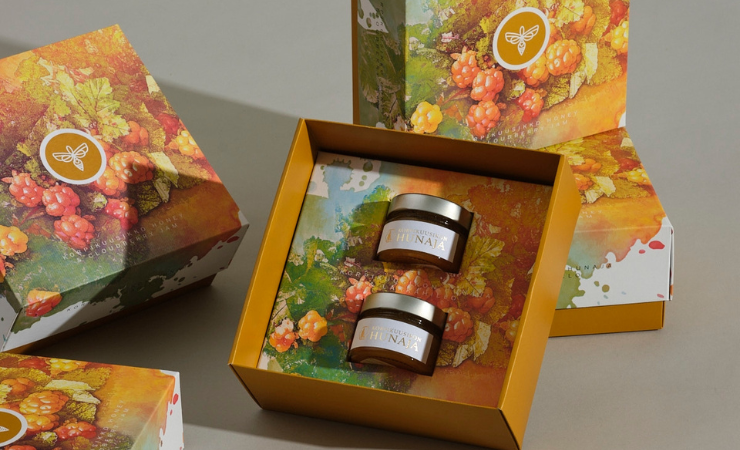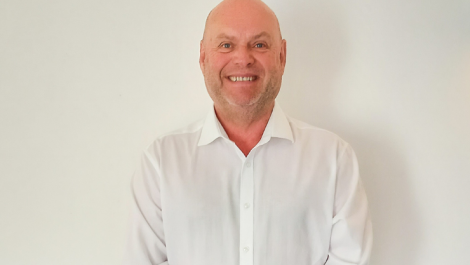Metsä Board, part of Metsä Group, has developed an alternative to rigid boxes for gift packaging, engineered as a more environmentally-friendly option.
The team at Metsä Board’s excellence centre in Äänekoski, Finland sought to develop a lighter alternative to rigid boxes that used less resources with a lower carbon footprint, but which maintained strength features close to those of the rigid box options currently used for premium products such as cosmetics. Other premium packaging applications for this product include chocolates and beverages, although, as noted by Ilkka Harju, the company’s packaging services director, ‘Cosmetics are probably the number one application area, but the material can be customised very easily to create unique packaging solutions.’
This resulted in the use of micro-flute corrugated board. The packaging consists of a separate base and lid made of micro-flute. Its surface liner can be uncoated white kraftliner or coated white kraftliner. Of these, the latter gives the package the best printing properties.
This new option from Metsä Board has been designed to be ‘production-efficient, from start to finish’ and suitable for mass production on current production lines, with no major retooling required.
Metsä Board’s sustainability services team has compared the new micro-flute option to recycled fibre-based rigid box and found the micro-fluted concept to be up to 50% lighter. The cradle-to-gate carbon footprint, which considers value chain stages from raw materials extraction until the paperboard product leaves the mill, has also been calculated and found to be 59% lower than that of traditional alternatives.
Mr Harju continued, ‘We were looking to provide the same experience by remodeling a box that was strong and rigid but lighter and with a smaller environmental impact.
‘Thanks to its lightness, the new packaging solution can help our customers reach their carbon reduction targets,’ adding, ‘since no harmful adhesives or other plastic laminates are used in the packaging solution the recycling becomes much more efficient.’



